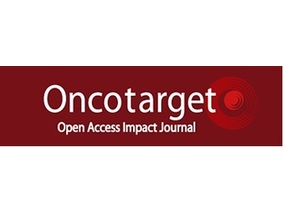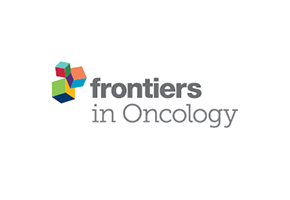 “Pancreatic cancer is particularly refractory to modern therapies, with a 5-year survival rate for patients at a dismal 8%.
“Pancreatic cancer is particularly refractory to modern therapies, with a 5-year survival rate for patients at a dismal 8%.
One of the significant barriers to effective treatment is the immunosuppressive pancreatic tumor microenvironment and development of resistance to treatment. New treatment options to increase both the survival and quality of life of patients are urgently needed.
This study reports on a new non-cannabinoid, non-psychoactive derivative of cannabis, termed FBL-03G, with the potential to treat pancreatic cancer.
In vitro results show major increase in apoptosis and consequential decrease in survival for two pancreatic cancer models- Panc-02 and KPC pancreatic cancer cells treated with varying concentrations of FBL-03G and radiotherapy.
Meanwhile, in vivo results demonstrate therapeutic efficacy in delaying both local and metastatic tumor progression in animal models with pancreatic cancer when using FBL-03G sustainably delivered from smart radiotherapy biomaterials.
Repeated experiments also showed significant (P < 0.0001) increase in survival for animals with pancreatic cancer compared to control cohorts.
The findings demonstrate the potential for this new cannabis derivative in the treatment of both localized and advanced pancreatic cancer, providing impetus for further studies toward clinical translation.”
https://www.ncbi.nlm.nih.gov/pubmed/31396485
“In this study, a flavonoid derivative of cannabis demonstrates significant therapy potential in the treatment of pancreatic cancer, including radio-sensitizing and cancer metastasis treatment potential. The results justify further studies to optimize therapy outcomes toward clinical translation.”
https://www.frontiersin.org/articles/10.3389/fonc.2019.00660/full
“Flavonoids as anticancer agents: structure-activity relationship study.” https://www.ncbi.nlm.nih.gov/pubmed/12678721
“The antitumor activities of flavonoids.” https://www.ncbi.nlm.nih.gov/pubmed/16097445
“Anticancer properties of flavonoids: roles in various stages of carcinogenesis.” https://www.ncbi.nlm.nih.gov/pubmed/21644918




 “Currently, the involvement of the endocannabinoid system in cancer development and possible options for a cancer-regressive effect of
“Currently, the involvement of the endocannabinoid system in cancer development and possible options for a cancer-regressive effect of 



